Semiconductor innovation is shaping the future of technology.
In today’s fast-paced digital era, semiconductor technology is the pillar of innovation, driving the development of electronic manufacturing. From the relentless pursuit of smaller, more powerful processors to groundbreaking advances in connectivity and computing paradigms, the semiconductor industry is continuously pushing the boundaries of possibility. Here are the semiconductor technologies that are radically changing electronic manufacturing:
01
Mass production of 3nm process technology
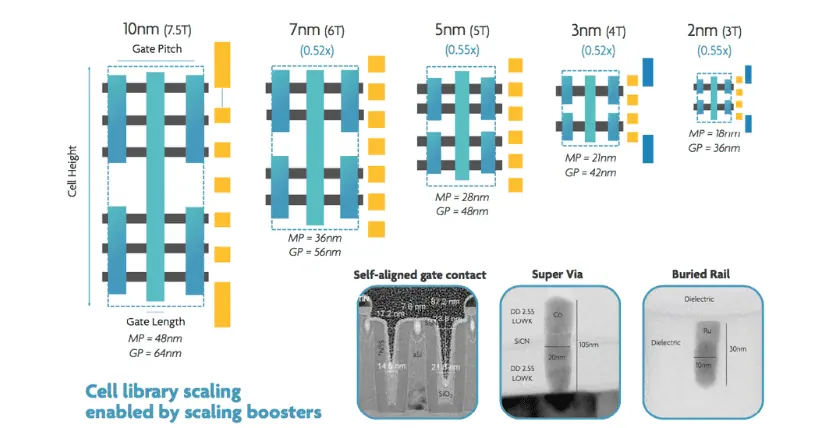
The transition to 3nm process technology marks a significant milestone in semiconductor manufacturing. When transistor sizes are reduced to 3 nanometers, it becomes possible to integrate more transistors on the same chip area, thereby increasing the density of transistors. This increase in density means that chips can have higher computing power, faster processing speeds, and greater storage capacity.
Additionally, reducing transistor size also helps lower power consumption. As smaller transistors require less energy to operate, 3nm chips will consume less electrical power when running. This not only helps extend the battery life of electronic devices but also contributes to reducing energy wastage and lowering carbon emissions, which has a positive environmental impact.
Furthermore, the mass production of 3nm chips is expected to lead to a series of technological innovations. As production costs decrease and output increases, these chips will become more widespread and affordable, providing stronger performance support for various electronic products. From smartphones and tablets to laptops and servers, 3nm chips are expected to become the core components of next-generation electronic products, driving technological progress throughout the industry.
02
DDR5 standard memory
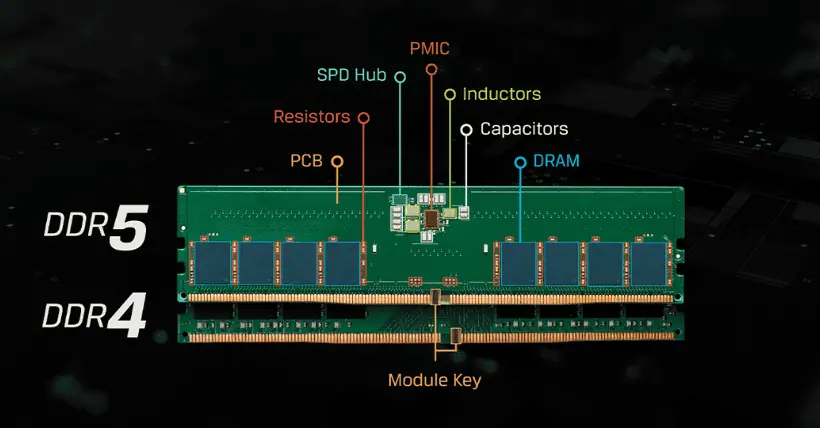
DDR5 memory represents the next generation of Dynamic Random-Access Memory (DRAM) technology, offering higher data transfer rates, greater bandwidth, and higher energy efficiency compared to previous generations. With faster speeds and greater capacity, DDR5 memory is expected to enhance the performance of various electronic devices such as smartphones, personal computers, and data centers.
03
Storage and computing integration
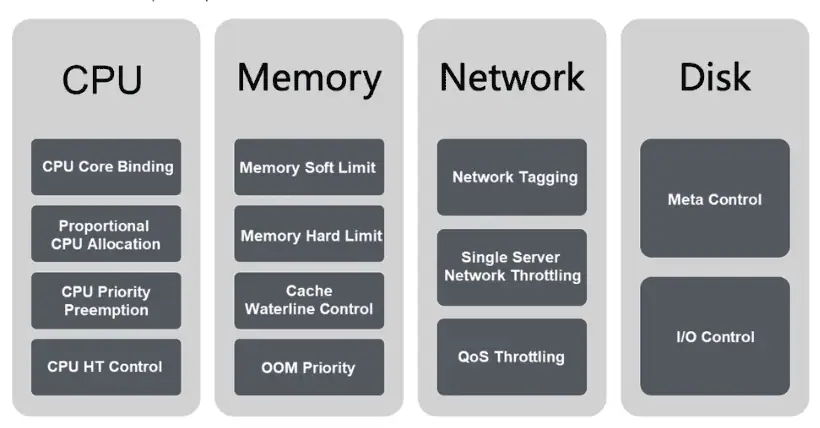
Semiconductor technology is driving the integration of storage and computing capabilities, giving rise to innovative solutions like Storage-Class Memory (SCM) and Compute Storage. By integrating storage directly into processing units, these technologies can accelerate data processing tasks and reduce latency, bringing new opportunities for real-time analytics and high-performance computing applications.
04
5G development
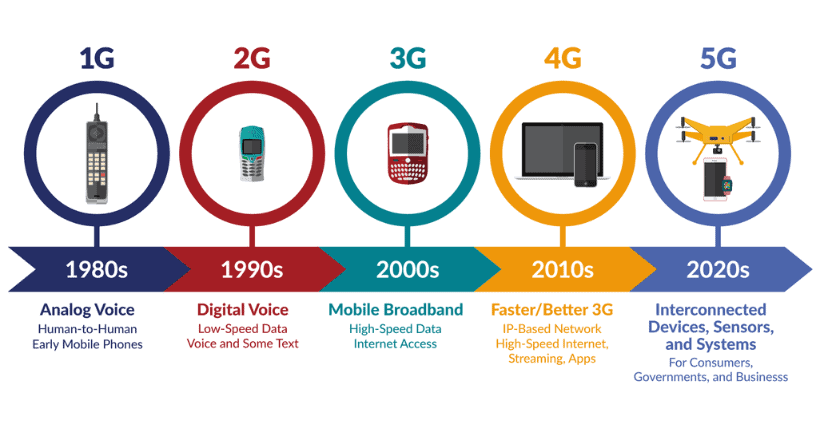
The deployment of 5G networks relies heavily on semiconductor technology, particularly the development of advanced Radio Frequency (RF) components and millimeter-wave Integrated Circuits (ICs). These semiconductor innovations are crucial for achieving the high data rates, low latency, and massive connectivity required for 5G wireless communications, fundamentally changing the way we experience connectivity and enabling transformative applications such as autonomous driving and remote healthcare.
05
AI-designed chips
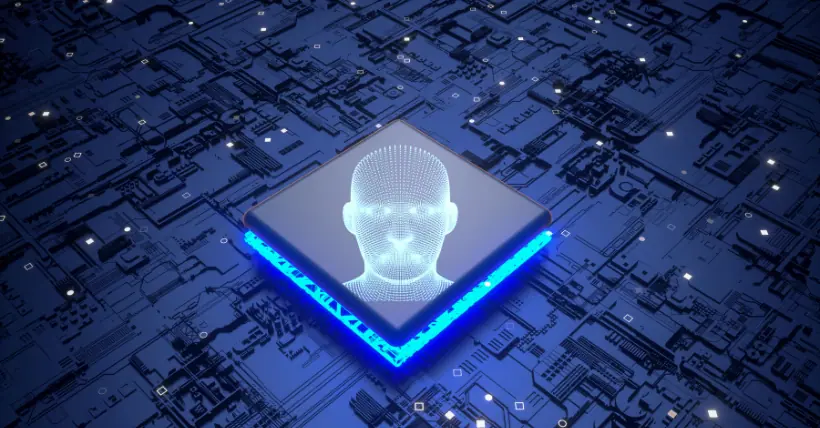
The rise of Artificial Intelligence (AI) is driving the demand for specialized hardware accelerators optimized for machine learning and neural network computations. AI-designed chips like Graphics Processing Units (GPUs), Tensor Processing Units (TPUs), and neuromorphic chips leverage semiconductor technology to provide unprecedented levels of performance and efficiency in AI-driven applications, from image recognition to natural language processing.
06
RISC-V architecture processors

The RISC-V Instruction Set Architecture (ISA) represents a disruptive force in the semiconductor industry, providing an open-source alternative to proprietary processor designs. RISC-V processors, with their modular and customizable architecture, are pushing innovation, flexibility, and cost-effectiveness in embedded systems, Internet of Things (IoT) devices, and high-performance computing platforms.
07
Advanced packaging technologies
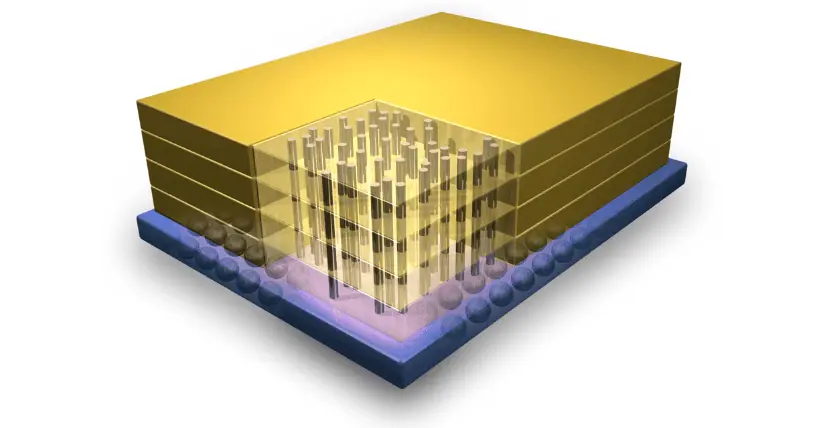
Advanced packaging technologies such as 3D stacking, fan-out wafer-level packaging (FOWLP), and chiplets are changing the way semiconductor components are assembled and interconnected. These packaging innovations enable higher levels of integration, improved thermal management, and smaller form factors, enhancing the performance and efficiency of electronic devices while reducing manufacturing costs.
08
Quantum computing
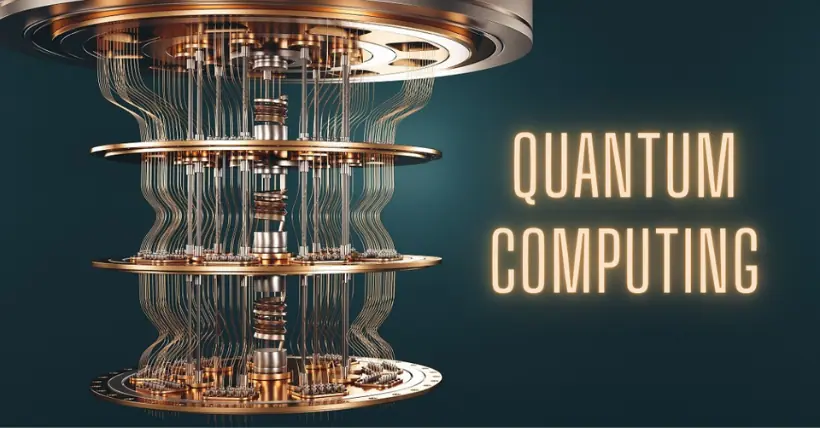
Although still in its early stages, quantum computing promises to leverage principles of quantum mechanics to perform computations at unprecedented speeds, fundamentally changing the computing paradigm. Semiconductor technology plays a crucial role in the development of quantum computing systems, including the manufacturing of qubits, quantum gates, and control electronics, paving the way for breakthroughs in cryptography, optimization, and scientific simulation.
09
Neuromorphic computing

Inspired by the human brain, neuromorphic computing aims to simulate neural networks using semiconductor devices that can process and learn data in a brain-like manner. Neuromorphic chips utilize novel architectures and materials to achieve high energy efficiency and parallelism, opening new possibilities for cognitive computing, pattern recognition, and autonomous systems.
10
Silicon photonics
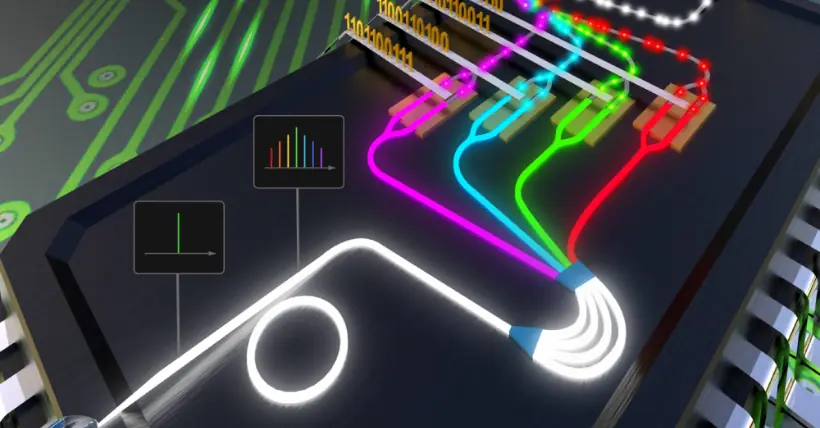
Silicon photonics is revolutionizing data transmission and communication by integrating optical components such as lasers and modulators directly onto silicon chips. This technology enables long-distance high-speed data transmission with minimal energy consumption, making it an ideal choice for data centers, telecommunications, and high-performance computing applications.
In summary, semiconductor technology is driving profound changes across the entire field of electronic manufacturing, driving innovation and advancing the digital revolution. From advanced process nodes to novel computing architectures, these semiconductor innovations are shaping the future of technology, unlocking new possibilities in connectivity, computing, and artificial intelligence. As the pace of innovation accelerates, the semiconductor industry continues to break boundaries, drive progress, and shape the world we live in.

Disclaimer: This article is created by the original author. The content of the article represents their personal opinions. Our reposting is for sharing and discussion purposes only and does not imply our endorsement or agreement. If you have any objections, please contact us through the provided channels.


